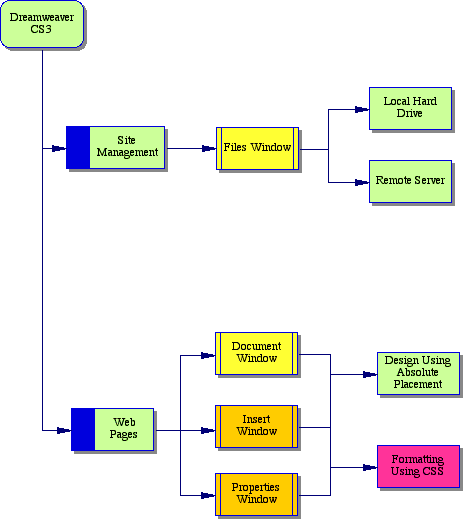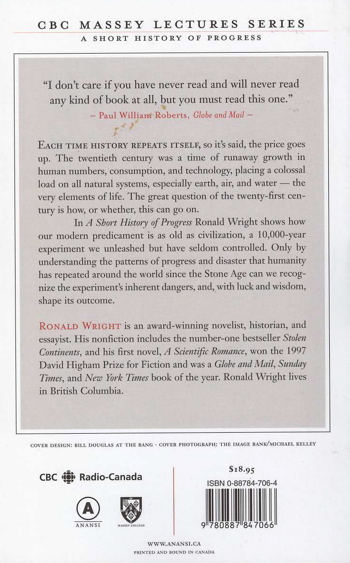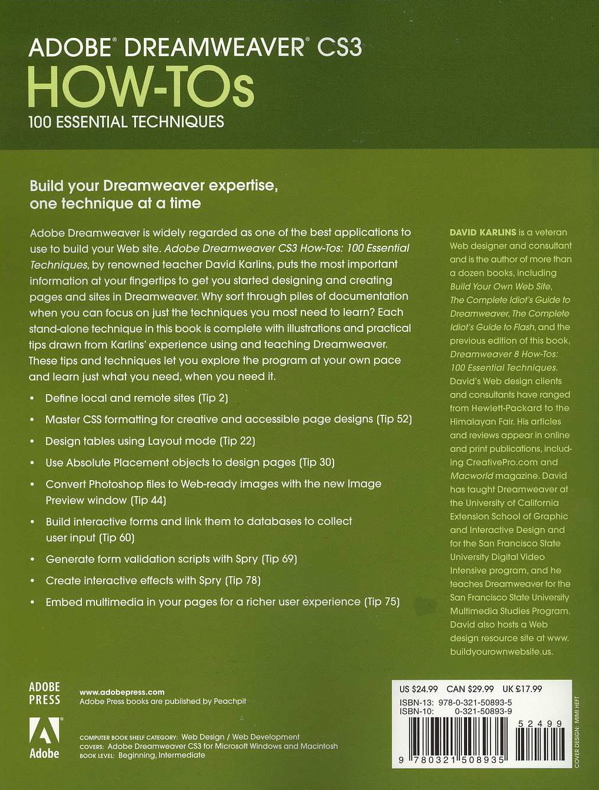
Journals 2008
Year to Date
January
February
March
April
May
June
July
August
September
October
November
December
Time Tables 2008
Year to Date
January
February
March
April
May
June
July
August
September
October
November
December

Journals 2008
Year to Date
January
February
March
April
May
June
July
August
September
October
November
December
Time Tables 2008
Year to Date
January
February
March
April
May
June
July
August
September
October
November
December
It is +5 C with a high forecast of +7 C. Sunrise 7:13 Sunset 18:13 Hours of daylight: 11:00
8:40 am
The first day of a new month is always a good time to re-evaluate one's activities. I slept in this morning but am now up and energized. The coffee is almost ready and I am ready to do the extra work to get this Web site set up for March. The first thing I noticed this morning was that I still had the year on the first line of each page as 2007! This has been true for every page in both January and February. It will be easier to manually correct this and republish the pages than to do a simple search-and-replace as the year does not have any stable information on either side of it to definitely identify that use of the year. If I replace every occurrence of 2007 with 2008 I may inadvertently change a value that should be left alone.
A quick glance at the Year-to-Date values for the Time Tables (see link on left margin) shows that I am slightly more "productive" this year than at the same time for either of the two previous years. Technology, Literature and Model Trains are the three staples of my activities. The surprise is Technology - that has remained high even though I have been retired for over two years.
Since this is the first page for March I am going to attempt to "recode" it using Dreamweaver into a page that is much more consistent in terms of separating the formatting commands from the content. This will involve a totally new web page as well as a totally new CSS page.
| Learning Category | Planned Activities for Today | Time |
|---|---|---|
| Literature | Begin morning with a Rumi reading | |
| Literature | Continue reading "The Other Side of the Bridge" by Mary Lawson | 1 hr |
| Technology | Continue reading "Adobe Dreamweaver CS3 How-Tos" by David Karlins | 1 hr |
| History | Make notes for "A Short History of Progress" by Ronald Wright | 1 hr |
| Model Trains | Install 2 Caboose Industries Ground Throws | 1 hr |
Here is a photo of the pussy willows coming into bud in the tree next door. Spring is almost here.

This book consists of 12 chapters with a total of 100 sections, each focusing on a specific technique. I am making these notes as a way of reinforcing my understanding of the various features of Dreamweaver CS3.

Chapter Four: Designing Pages with Absolute Placement Objects
The guiding principle in what follows is based not so much on the Karlins book as on the idea that content and formatting information should be kept in separate files.
The content should be in an XHTML file and the formatting information should be kept in a CSS (Cascading Style Sheet) file.
One of the strengths of the Dreamweaver software is also its weakness: here are often many ways to "successfully" create a Web page. The strength is the flexibility for doing something in a way that suits your way of looking at the problem, the weakness is that the code that is generated by Dreamweaver may not be the best way of handling the situation.
Most of the procedures outlined in this chapter result in code being created within the XHTML file, where it is generally considered "better" to have this code appear in a separate CSS file.
This means four things.
1. Do NOT use AP Divs (since all of the code for formatting will appear in the XHTML file).
2. Initially be sure to create two blank files: an XHTML file and a CSS file.
3. Create a series of regions in the XHTML file using the Insert Div Tag command.
4. Add a series of CSS styles within the CSS file.
This may be slightly more cumbersome than using the AP Divs and the Property Inspector, but it will ensure that you have two clean files, each of which contains the information appropriate for its function.
Tags: web authoring, Dreamweaver CS3, XHTML, CSS
Books on the Go |
|
 |
 |
 |
 |
 |
 |
 |
see larger image below |
